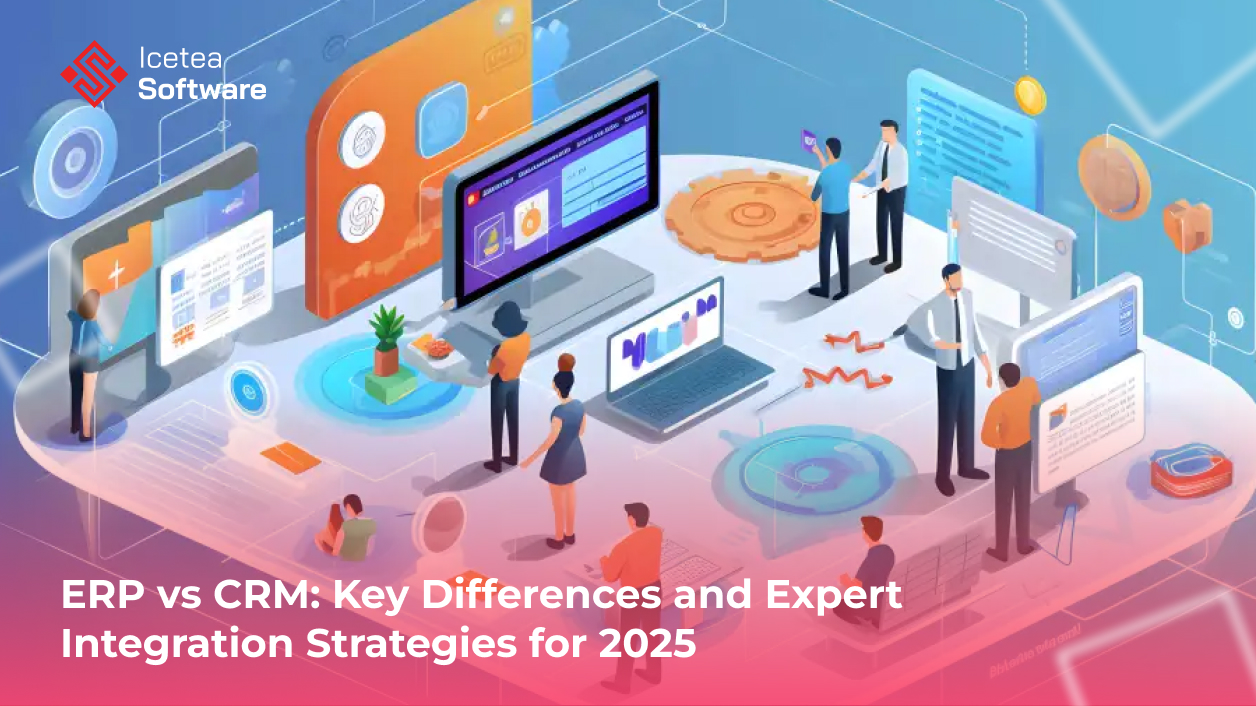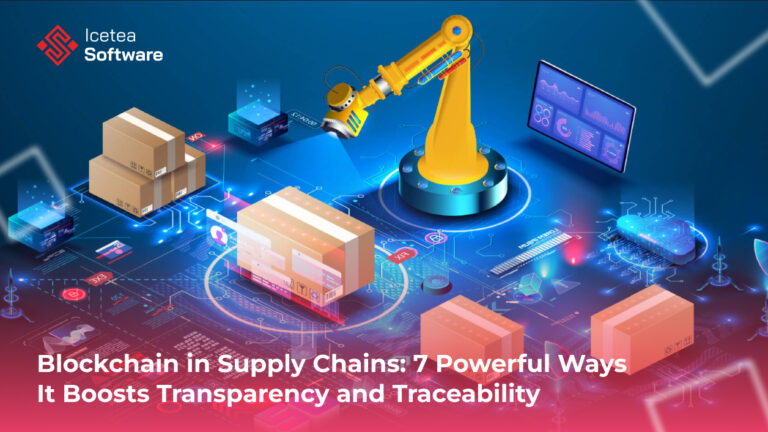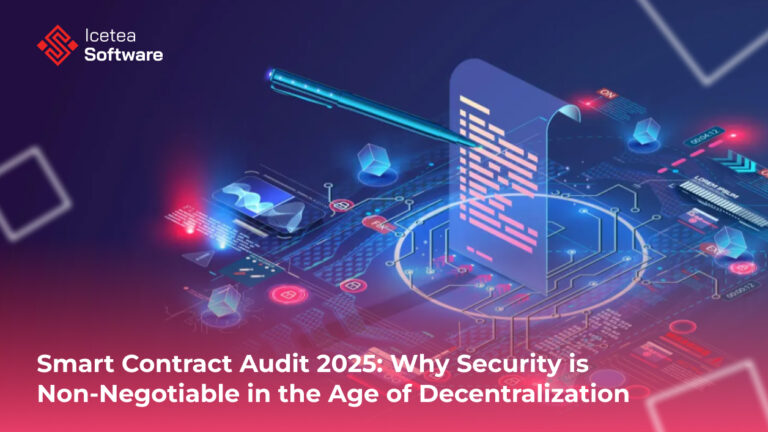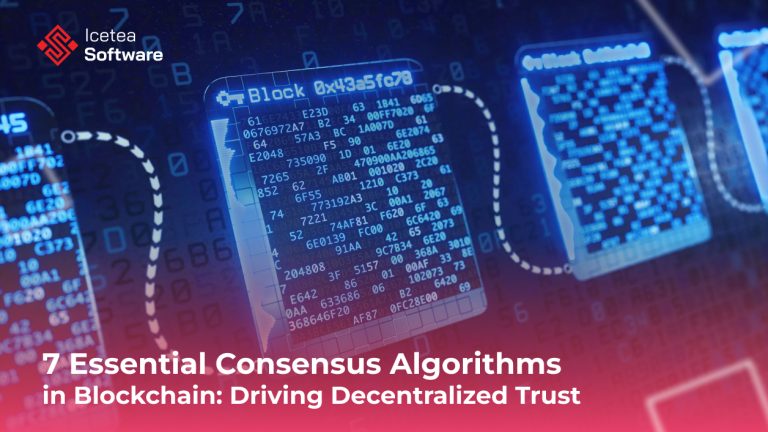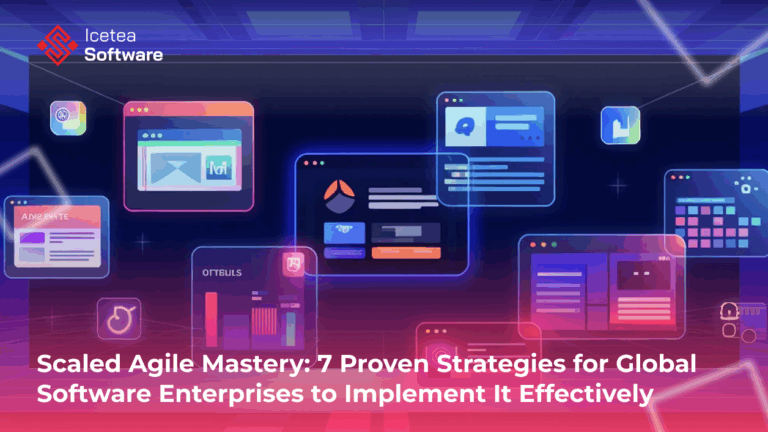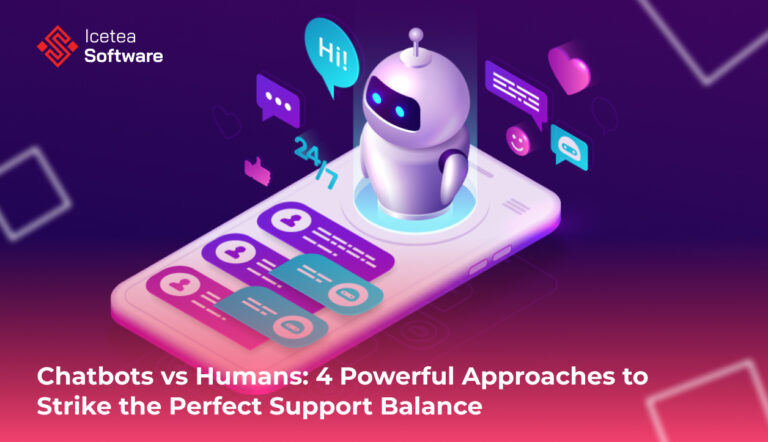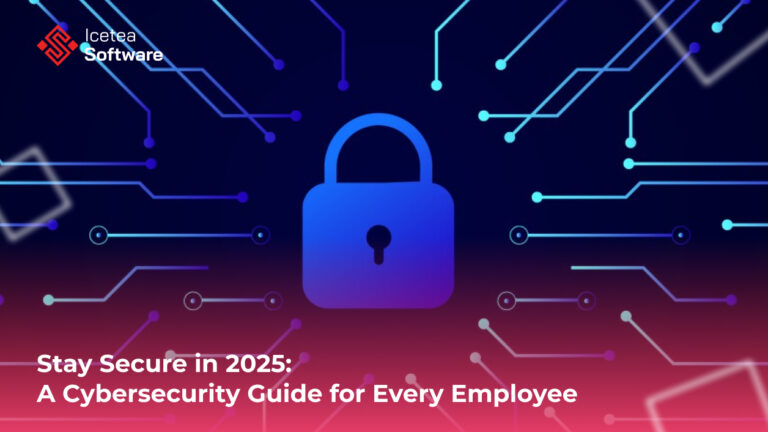ERP vs CRM: Key Differences and Expert Integration Strategies for 2025
- ERP vs CRM: What’s the Difference and How to Integrate?
- What is ERP (Enterprise Resource Planning)?
- What is CRM (Customer Relationship Management)?
- ERP vs CRM: Core Differences
- Why Integrate ERP and CRM?
- Common Challenges in ERP-CRM Integration
- ERP-CRM Integration Strategies
- Integration Use Cases by Industry
- Best Practices for Successful Integration
- Future Trends in ERP-CRM Integration
- Final Thoughts
ERP vs CRM: What’s the Difference and How to Integrate?
In today’s competitive business landscape, companies are increasingly reliant on software systems to optimize operations, streamline communication, and drive customer engagement. Two of the most commonly used enterprise solutions are ERP (Enterprise Resource Planning) and CRM (Customer Relationship Management). Although they serve different purposes, ERP and CRM systems are essential components of a company’s digital infrastructure. Understanding their differences—and how to integrate them effectively—can help businesses reduce operational silos and improve productivity.
In this article, we will explore:
- What ERP and CRM systems are
- Their core differences
- How they complement each other
- Key benefits of integration
- Common integration challenges
- Best practices for a successful ERP-CRM integration
Let’s dive in
What is ERP (Enterprise Resource Planning)?
Enterprise Resource Planning (ERP) is a business process management software that helps organizations use a system of integrated applications to manage core business activities. These can include:
- Accounting and finance
- Inventory and order management
- Human resources
- Procurement
- Supply chain operations
ERP systems are designed to centralize business processes, improve visibility, and ensure that data is shared seamlessly across departments. Major ERP vendors include SAP, Oracle NetSuite, Microsoft Dynamics 365, and Infor.
Key Features of ERP:
- Real-time financial tracking
- Automated procurement and inventory management
- Workforce planning and HR functionalities
- Integrated supply chain operations
- Compliance and reporting features
ERP helps companies minimize redundant tasks, reduce errors, and maintain control over all business processes in a centralized environment.
What is CRM (Customer Relationship Management)?
Customer Relationship Management (CRM) software focuses on managing a company’s interactions with current and potential customers. It supports sales, marketing, and customer service departments in managing the customer lifecycle.
Popular CRM platforms include Salesforce, HubSpot, Zoho CRM, and Microsoft Dynamics CRM.
Key Features of CRM:
- Contact and lead management
- Sales tracking and pipeline management
- Marketing automation
- Customer support ticketing and communication tools
- Data analytics for customer behavior
CRM software enables businesses to provide personalized experiences, nurture leads, and maintain long-term customer loyalty.
ERP vs CRM: Core Differences
Though ERP and CRM systems may share some overlapping features (especially in sales and reporting), their core functions and end goals differ significantly.
| Feature/Aspect | ERP | CRM |
|---|---|---|
| Primary Focus | Internal operations and resource management | External customer engagement and sales |
| Main Users | Operations, finance, HR, supply chain teams | Sales, marketing, and customer service teams |
| Key Functions | Finance, inventory, HR, supply chain | Contact management, sales pipeline, marketing |
| Goal | Efficiency and cost control | Revenue growth and customer satisfaction |
| Data Type | Transactional and operational data | Customer and interaction data |
| Example Systems | SAP, Oracle NetSuite, Microsoft Dynamics 365 | Salesforce, HubSpot, Zoho CRM |
Understanding these differences allows businesses to choose the right systems—or combination of systems—to fit their unique needs.
Why Integrate ERP and CRM?
Although ERP and CRM function independently, integrating them creates a unified data ecosystem that connects front-office and back-office operations. This integration enables smoother workflows, better decision-making, and enhanced customer satisfaction.
Key Benefits of Integration:
1. Unified Data Across Departments
Instead of maintaining separate databases for operations and customer interactions, integration ensures all teams access the same, up-to-date information.
2. Improved Sales and Service
Sales teams can view real-time product availability, pricing, and customer payment history from the ERP system. This helps them close deals faster and offer accurate information.
3. Automated Workflows
Integration allows automation of processes such as order creation, invoicing, and inventory updates, reducing manual errors and delays.
4. Better Forecasting
With combined CRM and ERP data, businesses can more accurately forecast revenue, supply needs, and customer demand.
5. Enhanced Customer Experience
Service teams gain access to order history, product issues, and other ERP-related insights, enabling them to respond to customer inquiries more effectively.
Common Challenges in ERP-CRM Integration
Despite the benefits, ERP-CRM integration isn’t without its obstacles. Some of the most common challenges include:
1. Data Silos and Inconsistencies
If ERP and CRM systems have different data models or naming conventions, it can cause mismatched records and errors post-integration.
2. Technical Complexity
Integrating two complex systems often requires custom APIs, middleware platforms, or ETL (Extract, Transform, Load) processes.
3. Change Management
Employees used to legacy systems may resist change, requiring additional training and internal communication.
4. Cost and Resource Allocation
ERP-CRM integrations can be costly, especially for small and mid-sized businesses, requiring time, skilled developers, and long-term support.
ERP-CRM Integration Strategies
There is no one-size-fits-all approach to ERP-CRM integration. Companies must evaluate their infrastructure, business processes, and scalability needs before choosing an approach.
1. Point-to-Point Integration
- Best for: Small businesses with limited integration needs
- Description: Direct connection between the ERP and CRM without using middleware.
- Pros: Simple and cost-effective for basic use cases
- Cons: Hard to scale and maintain as the system grows
2. Middleware/Integration Platform as a Service (iPaaS)
- Best for: Medium to large enterprises
- Description: Uses middleware tools like MuleSoft, Dell Boomi, or Zapier to connect systems
- Pros: Scalable, allows customization, supports multiple integrations
- Cons: Can be complex to configure and manage
3. Unified Platforms
Some enterprise solutions (e.g., Microsoft Dynamics 365 or Salesforce with FinancialForce) offer both ERP and CRM in one ecosystem.
- Best for: Businesses looking for out-of-the-box synergy
- Pros: Native integration, unified UX/UI, faster implementation
- Cons: May not offer best-in-class features for every function
Integration Use Cases by Industry
Let’s explore how ERP-CRM integration plays out in different industries.
Manufacturing
- CRM collects sales orders
- ERP handles production scheduling and inventory
- Integration ensures real-time order status updates to sales and customers
Retail and E-commerce
- CRM personalizes marketing campaigns based on purchase history
- ERP manages stock levels and logistics
- Integrated system ensures timely promotions and fulfillment
Professional Services
- CRM tracks client communication and proposals
- ERP manages billing and resource allocation
- Integration streamlines project management and invoicing
Healthcare
- CRM helps manage patient outreach and communication
- ERP handles equipment inventory, staff scheduling, and billing
- Integration ensures seamless patient experience and compliance
Best Practices for Successful Integration
To make the most out of ERP-CRM integration, follow these proven best practices:
1. Define Clear Objectives
Understand what you want to achieve—faster sales cycles, better inventory management, or enhanced reporting.
2. Map Business Processes
Analyze workflows and identify where ERP and CRM data overlap or depend on each other.
3. Clean and Standardize Data
Ensure consistency in naming conventions, data formats, and customer IDs before integration.
4. Choose the Right Integration Partner
Work with an experienced vendor or consultant who understands both systems and your industry.
5. Test Thoroughly
Conduct end-to-end testing with real data to ensure smooth workflows and no data loss.
6. Train Staff and Monitor
Ensure all users understand the new system. Monitor KPIs and user feedback post-launch.
Future Trends in ERP-CRM Integration
As digital transformation accelerates, the future of ERP-CRM integration lies in:
- AI and machine learning: Predictive analytics for sales, demand forecasting, and customer churn
- Cloud-native platforms: Increased flexibility, scalability, and real-time sync
- Low-code integration tools: Easier integration without heavy coding
- IoT integration: Real-time sensor data feeding directly into ERP-CRM systems for predictive maintenance and customer updates
By staying ahead of these trends, businesses can achieve a competitive edge.
Final Thoughts
Understanding the difference between ERP and CRM systems is essential for building a robust and scalable digital infrastructure. While ERP focuses on optimizing internal operations, CRM drives external engagement and customer satisfaction. Integrating the two allows businesses to break down silos, automate workflows, and make data-driven decisions.
Though integration may seem challenging, the long-term benefits—greater efficiency, better customer insights, and increased ROI—make it a strategic priority for any growing business in 2025 and beyond.
Whether you’re a small business exploring basic integration or a large enterprise building a sophisticated digital ecosystem, the key is to approach ERP and CRM not as separate tools—but as powerful allies working together toward a shared goal: operational excellence and exceptional customer experience.
Need help choosing the right ERP-CRM integration solution for your business? Let us know—we’re here to assist you on your digital journey.
————————–
𝗜𝗰𝗲𝘁𝗲𝗮 𝗦𝗼𝗳𝘁𝘄𝗮𝗿𝗲 – Cutting Edge Technologies!
Website: iceteasoftware.com
LinkedIn: linkedin.com/company/iceteasoftware
Facebook: Icetea Software
